Home>Gardening & Outdoor>Landscaping Ideas>How Long Does It Take For Dormant Grass To Come Back
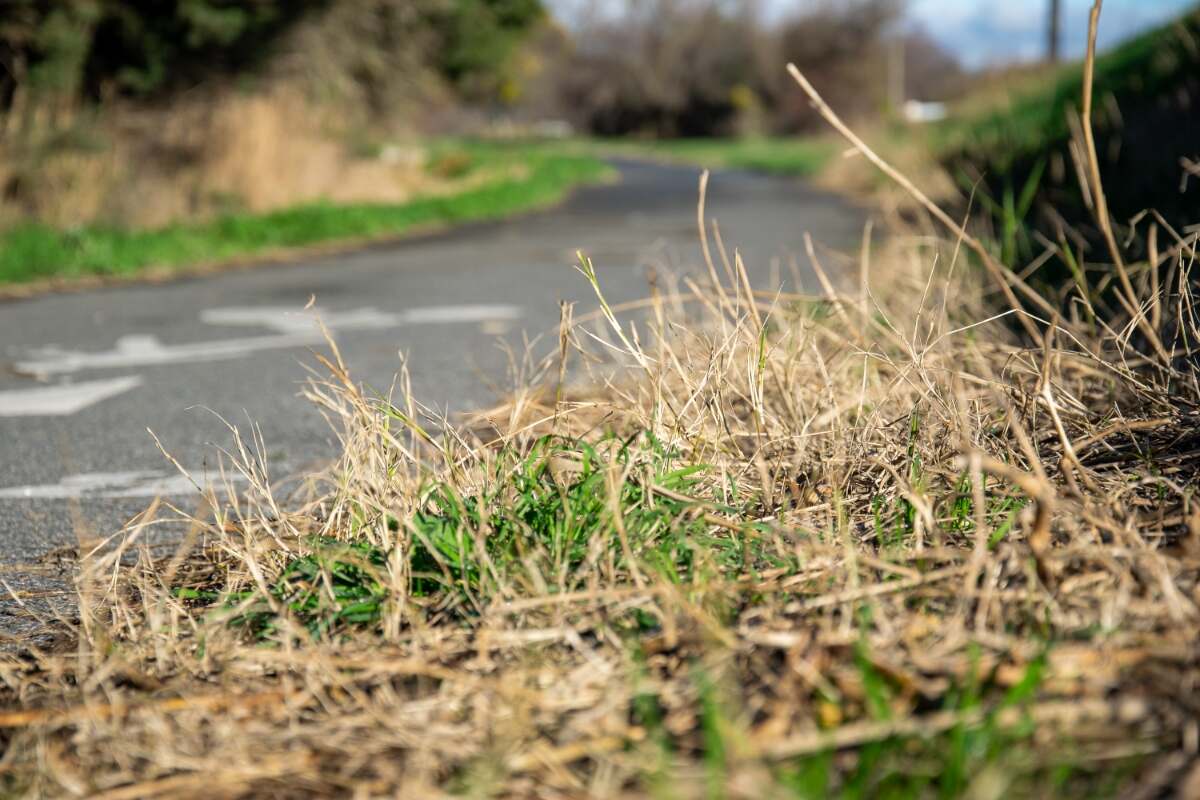

Landscaping Ideas
How Long Does It Take For Dormant Grass To Come Back
Modified: February 18, 2024
Learn about landscaping ideas for reviving dormant grass and find out how long it takes for dormant grass to come back. Discover effective strategies for bringing your lawn back to life.
(Many of the links in this article redirect to a specific reviewed product. Your purchase of these products through affiliate links helps to generate commission for Storables.com, at no extra cost. Learn more)
Factors Affecting Dormant Grass Recovery
The recovery of dormant grass is influenced by various factors that play a crucial role in determining the duration and success of its revival. Understanding these factors is essential for implementing effective strategies to promote the healthy regrowth of dormant grass.
-
Grass Type: Different grass species have varying levels of resilience and adaptability to dormancy. Warm-season grasses such as Bermuda grass and Zoysia grass tend to go dormant during the cooler months, while cool-season grasses like Kentucky bluegrass and fescue may experience dormancy during hot and dry periods. The specific grass type in a lawn directly impacts the recovery timeline and methods required for successful revival.
-
Climate and Weather Conditions: The local climate and weather patterns significantly influence the dormancy and recovery of grass. Extended periods of drought, excessive heat, or severe cold can prolong the dormancy phase, delaying the grass's ability to bounce back. Conversely, adequate rainfall, moderate temperatures, and optimal sunlight facilitate quicker recovery from dormancy.
-
Soil Quality and Composition: The health and composition of the soil directly impact the grass's ability to recover from dormancy. Well-draining, nutrient-rich soil supports the development of strong and resilient grass roots, enabling quicker recovery once favorable conditions return. Conversely, compacted or nutrient-deficient soil may hinder the grass's revival, necessitating additional care and maintenance efforts.
-
Maintenance Practices: The regular maintenance and care practices employed before and during the dormant period significantly affect the grass's ability to recover. Proper mowing, watering, and fertilization prior to dormancy contribute to the grass's overall health and resilience, influencing its capacity to rebound once dormancy ends.
-
Pest and Disease Management: The presence of pests and diseases can weaken grass during its active growth phase, making it more susceptible to dormancy-related stress. Addressing pest infestations and diseases before and during dormancy can mitigate their impact on the grass's recovery, promoting a healthier and more robust regrowth phase.
-
Overall Lawn Health: The general health and condition of the lawn, including factors such as thatch accumulation, compaction, and weed infestations, can affect the grass's ability to recover from dormancy. A well-maintained and healthy lawn provides an optimal environment for dormant grass to rejuvenate and thrive once favorable conditions return.
Understanding these factors is essential for devising a tailored approach to revive dormant grass effectively. By considering these influential elements, homeowners and landscapers can implement targeted strategies to support and expedite the recovery of dormant grass, fostering lush and vibrant lawns.
Key Takeaways:
- Dormant grass recovery depends on factors like grass type, climate, soil quality, maintenance, pests, and overall lawn health. Understanding these factors helps promote healthy and vibrant grass regrowth.
- To revive dormant grass, use gradual watering, aeration, overseeding, fertilization, proper mowing, weed control, patience, and observation. These tips support the successful revival of dormant grass for a lush and vibrant lawn.
Read more: How Long Does Burnt Grass Take To Grow Back
Understanding the Dormant Stage of Grass
Grass, like many living organisms, has a natural defense mechanism to cope with adverse environmental conditions. The dormant stage of grass is a protective response to extreme temperatures, prolonged drought, or other unfavorable factors that inhibit its normal growth. During dormancy, the grass conserves energy and redirects its resources to survive the challenging conditions, effectively entering a state of rest until more favorable circumstances prevail.
Dormant grass exhibits visible signs of reduced growth, such as a faded or brownish hue, and may appear desiccated or wilted. This transformation is a result of the grass redirecting its energy from above-ground growth to below-ground survival, focusing on strengthening its root system to endure the harsh conditions. While the grass may seem lifeless on the surface, its root system remains active, albeit at a slower pace, ensuring the plant's resilience and potential for revival.
Understanding the dormant stage of grass involves recognizing its adaptive nature and the vital role it plays in the grass's long-term survival. By embracing dormancy as a natural response to environmental stress, homeowners and landscapers can approach lawn care with a deeper appreciation for the grass's resilience and ability to rebound from challenging circumstances.
Moreover, acknowledging the dormant stage of grass empowers individuals to make informed decisions regarding lawn maintenance and care practices. Recognizing the signs of dormancy prompts the implementation of specific strategies tailored to support the grass during this phase, such as adjusting watering schedules, modifying mowing practices, and refraining from unnecessary interventions that may disrupt the grass's natural adaptation to dormancy.
By comprehending the dormant stage of grass, individuals can cultivate a more profound connection with their lawns, recognizing the cyclical nature of grass growth and the importance of providing the necessary support and patience during periods of dormancy. This understanding fosters a holistic approach to lawn care, promoting the long-term health and vitality of the grass while respecting its innate ability to navigate and overcome environmental challenges.
In essence, understanding the dormant stage of grass transcends mere recognition of its physical manifestations; it encompasses a deeper appreciation for the grass's resilience, adaptability, and intrinsic mechanisms for survival. Embracing this understanding empowers individuals to cultivate thriving and resilient lawns, characterized by a harmonious balance between active growth and restorative dormancy.
Tips for Reviving Dormant Grass
Reviving dormant grass requires a strategic and attentive approach to promote its healthy regrowth and restore the lush vibrancy of the lawn. Implementing the following tips can significantly contribute to the successful revival of dormant grass:
-
Gradual Watering: As dormant grass begins to emerge from its restorative phase, gradual and consistent watering is essential to rehydrate the soil and stimulate new growth. However, it is crucial to avoid excessive watering, which can lead to waterlogging and potential damage to the delicate emerging grass blades.
-
Aeration: Aerating the soil helps alleviate compaction and facilitates the penetration of water, air, and nutrients to the grass roots. This process enhances the grass's ability to absorb essential resources, promoting robust growth and overall health.
-
Overseeding: Introducing new grass seeds to the existing lawn can expedite the recovery of dormant areas, filling in sparse patches and promoting a denser, more uniform grass coverage. Selecting high-quality grass seed that aligns with the existing lawn's species ensures optimal compatibility and successful integration.
-
Fertilization: Applying a balanced fertilizer specifically formulated for dormant or transitioning grass provides essential nutrients that support vigorous regrowth. Carefully following recommended application rates and timing ensures that the grass receives the necessary nourishment without risking overstimulation or potential damage.
-
Mowing Practices: Adjusting the mowing height to accommodate the emerging grass blades is crucial for preventing stress and promoting healthy development. Gradually lowering the mowing height as the grass regains its vigor helps maintain an optimal length for robust growth while avoiding shock or damage.
-
Weed Control: Addressing weed infestations promptly is vital to prevent competition for resources and space as the dormant grass revives. Targeted weed control measures, such as manual removal or selective herbicide application, safeguard the emerging grass and promote its unhindered resurgence.
-
Patience and Observation: Reviving dormant grass necessitates patience and attentive observation of the lawn's progress. Monitoring the emerging growth, adjusting care practices as needed, and allowing the grass sufficient time to recover are fundamental aspects of successful revival.
By incorporating these tips into a comprehensive lawn care strategy, homeowners and landscapers can effectively support the revival of dormant grass, nurturing its resurgence and fostering a vibrant, healthy lawn. Each tip plays a pivotal role in addressing the specific needs of dormant grass, culminating in a holistic approach that promotes sustained recovery and long-term vitality.
Best Practices for Dormant Grass Care
During the dormant stage, grass undergoes a period of rest, conserving energy and redirecting resources to survive adverse environmental conditions. Implementing best practices for dormant grass care is essential to support the grass's resilience and facilitate a successful transition from dormancy to active growth. By adhering to these practices, homeowners and landscapers can promote the long-term health and vitality of the lawn while fostering a robust and lush grass cover.
1. Minimal Foot Traffic
Minimizing foot traffic on dormant grass helps prevent compaction and potential damage to the delicate blades. Restricting activities such as lawn games, heavy equipment usage, and excessive walking on the grass preserves its integrity and minimizes stress during the restorative phase.
2. Avoiding Unnecessary Disturbances
Refraining from unnecessary disturbances, such as frequent lawn maintenance tasks and unnecessary interventions, allows the grass to undergo dormancy without undue stress. Limiting activities such as excessive raking, unnecessary watering, and aggressive lawn treatments preserves the grass's natural adaptation to dormancy.
3. Monitoring Moisture Levels
While dormant, grass still requires adequate moisture to support its root system and overall health. Monitoring soil moisture levels and adjusting watering schedules as needed ensures that the grass remains sufficiently hydrated without risking waterlogging or excessive moisture accumulation.
4. Addressing Pest and Disease Issues
Identifying and addressing any pest infestations or disease issues before and during dormancy is crucial to prevent their exacerbation and impact on the grass's recovery. Implementing targeted pest control measures and prompt disease management safeguards the grass's resilience and minimizes potential setbacks during the revival phase.
5. Planning for Transition
Anticipating the transition from dormancy to active growth allows for proactive planning and preparation. Considering factors such as optimal timing for overseeding, fertilization, and aeration enables a seamless transition that maximizes the grass's potential for robust regrowth.
6. Gradual Resumption of Maintenance
As the grass emerges from dormancy, gradually resuming maintenance practices such as mowing, fertilization, and weed control prevents shock and supports the grass's gradual acclimatization to active growth. Gradual adjustments to maintenance routines align with the grass's evolving needs, promoting a smooth and healthy transition.
By embracing these best practices for dormant grass care, individuals can cultivate a supportive environment that nurtures the grass's recovery and sets the stage for vibrant and resilient growth. Each practice contributes to a comprehensive approach that respects the grass's natural processes, fosters its long-term health, and ensures a thriving lawn characterized by lush, vibrant grass cover.
Frequently Asked Questions about How Long Does It Take For Dormant Grass To Come Back
Was this page helpful?
At Storables.com, we guarantee accurate and reliable information. Our content, validated by Expert Board Contributors, is crafted following stringent Editorial Policies. We're committed to providing you with well-researched, expert-backed insights for all your informational needs.
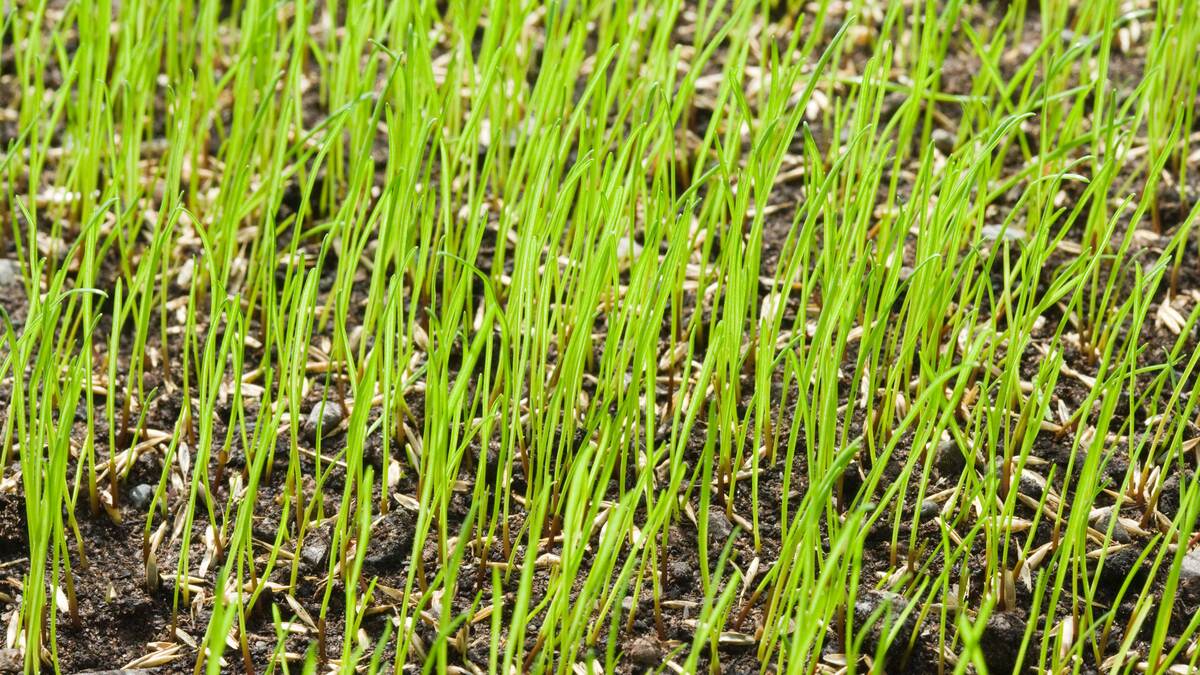
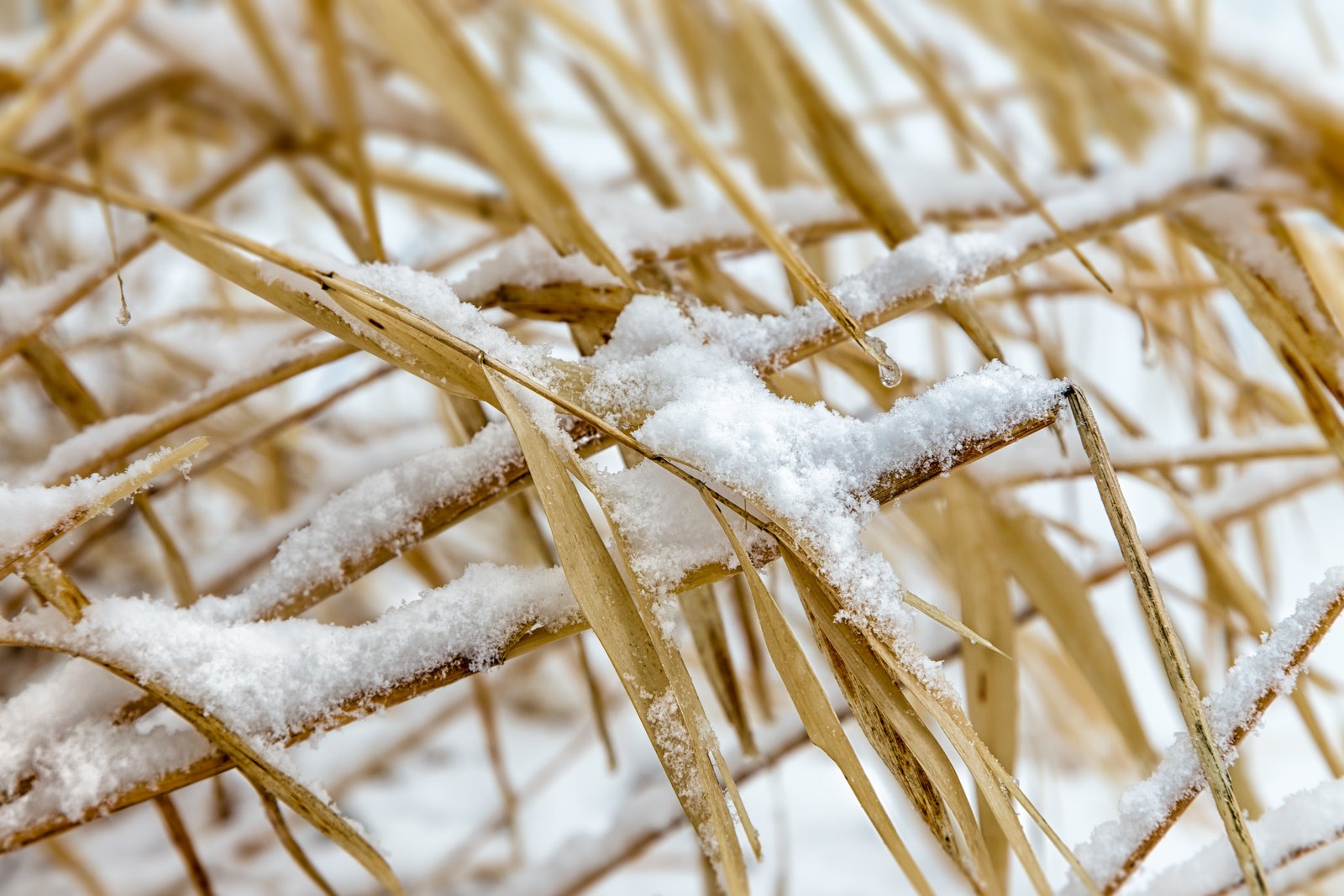
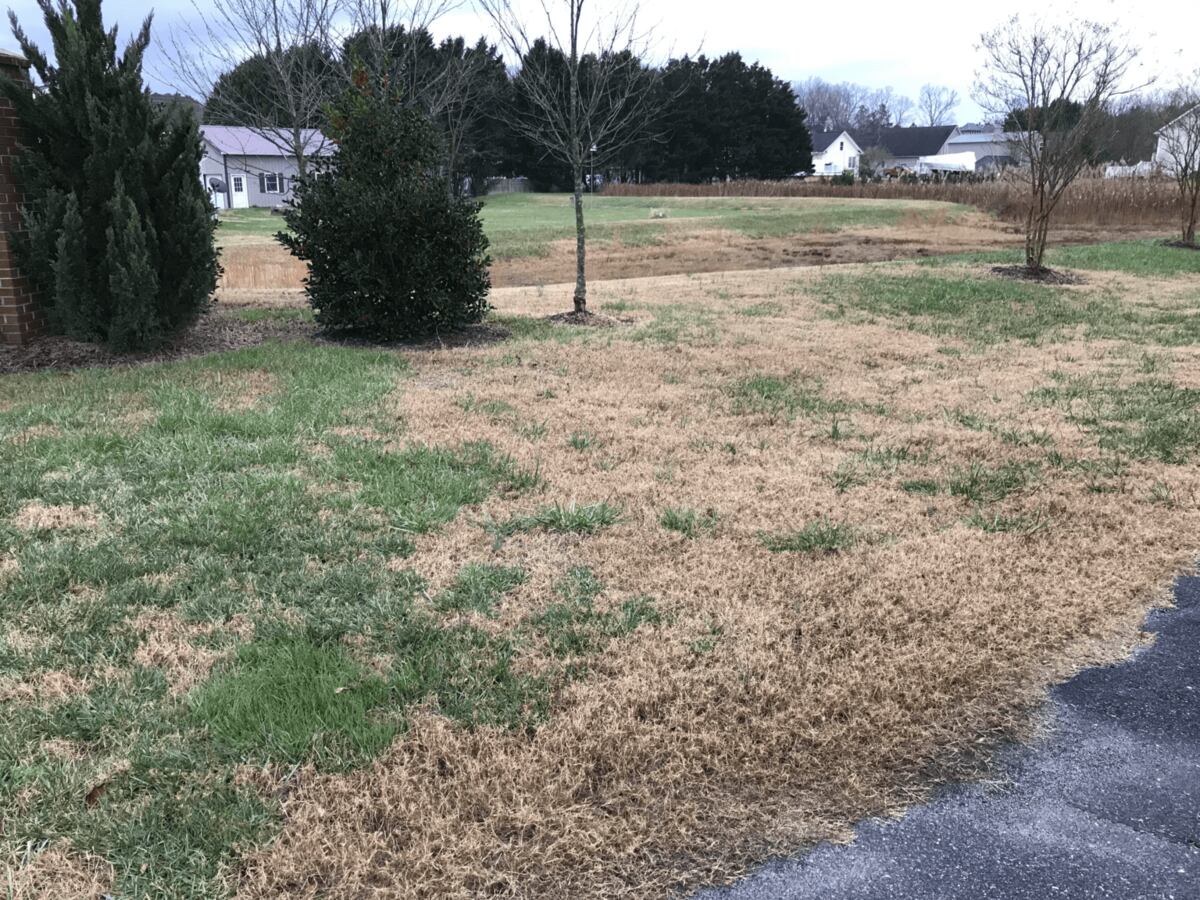
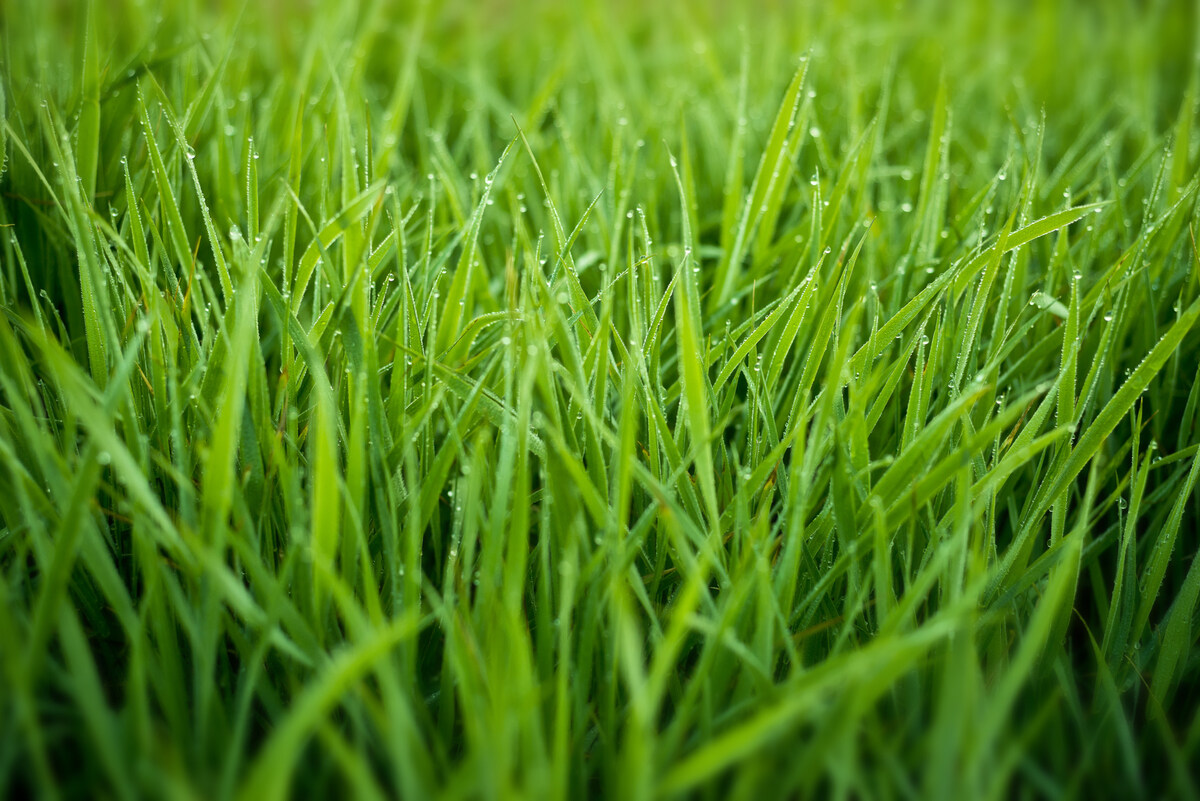
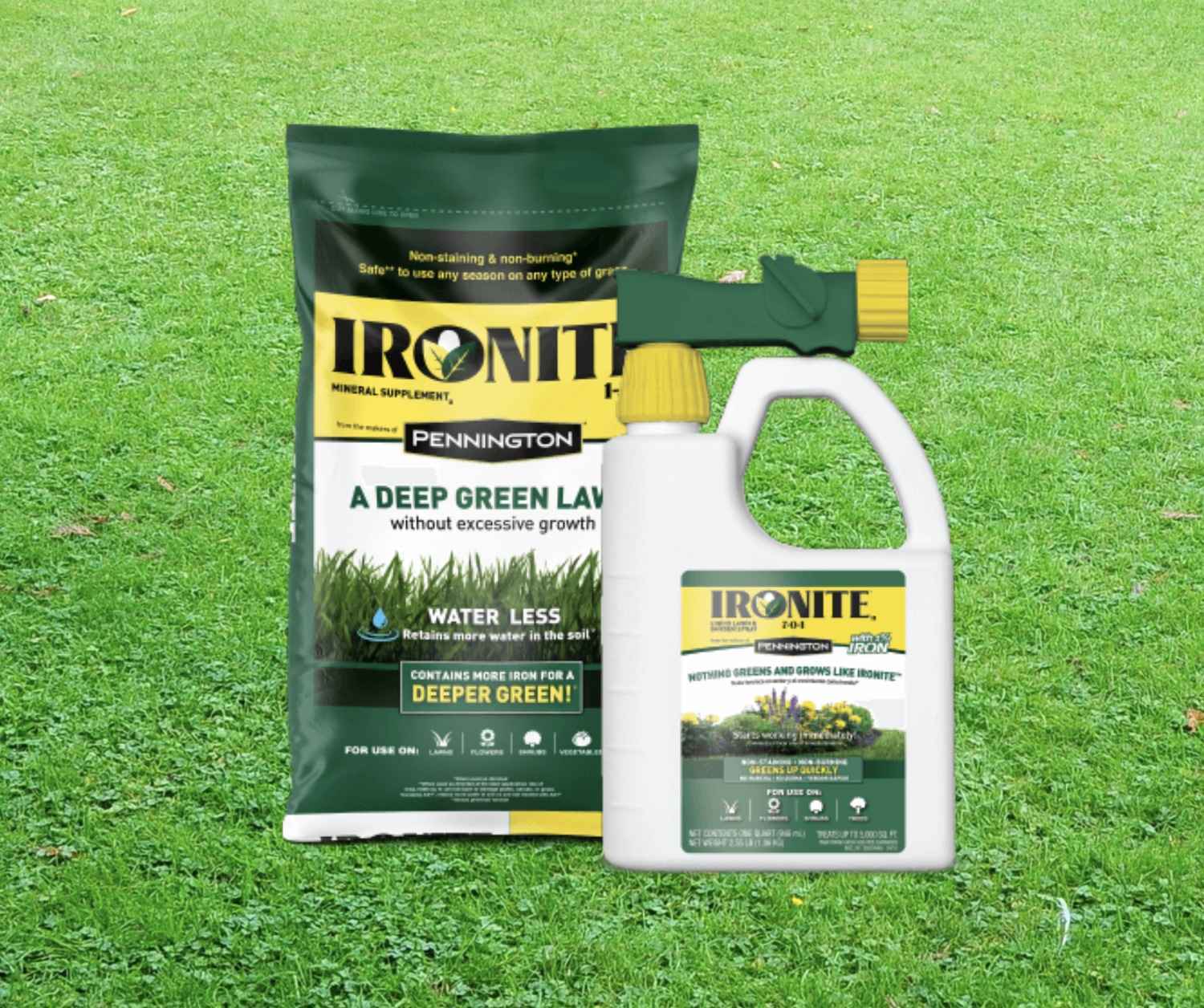
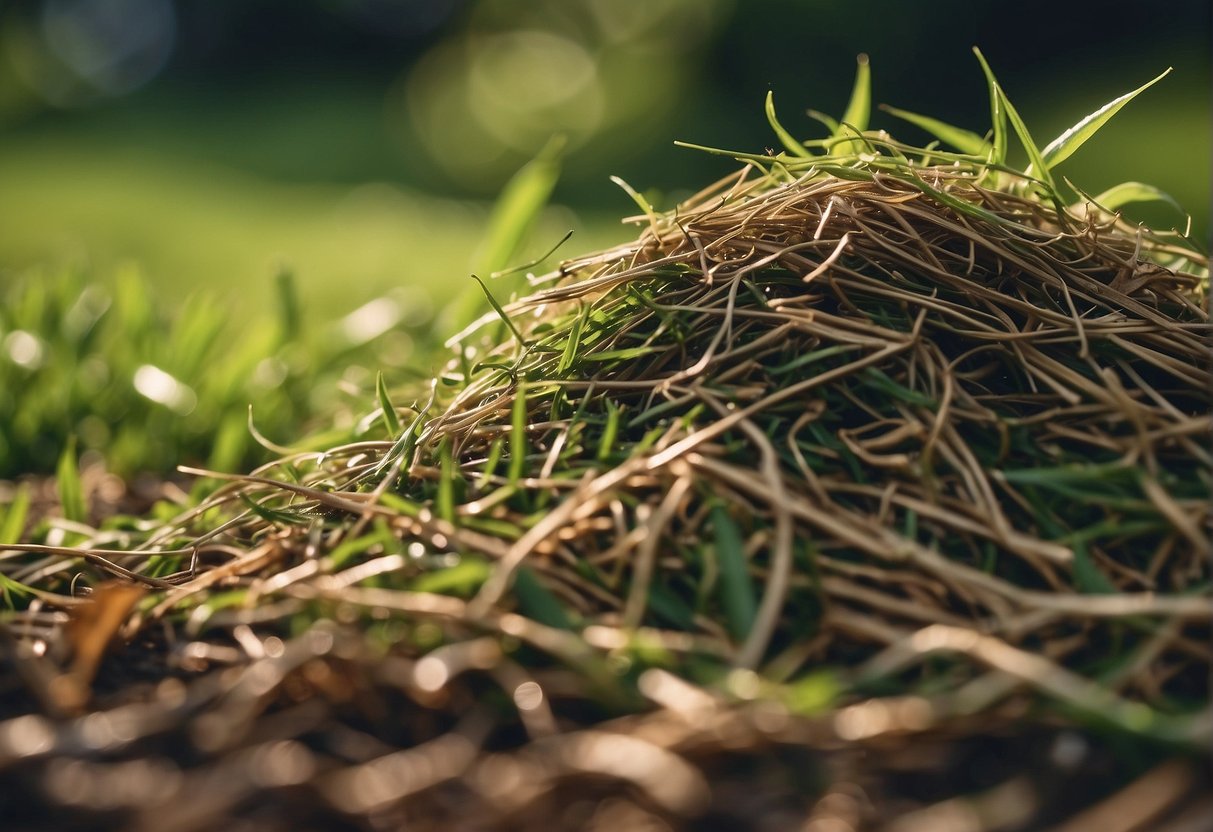
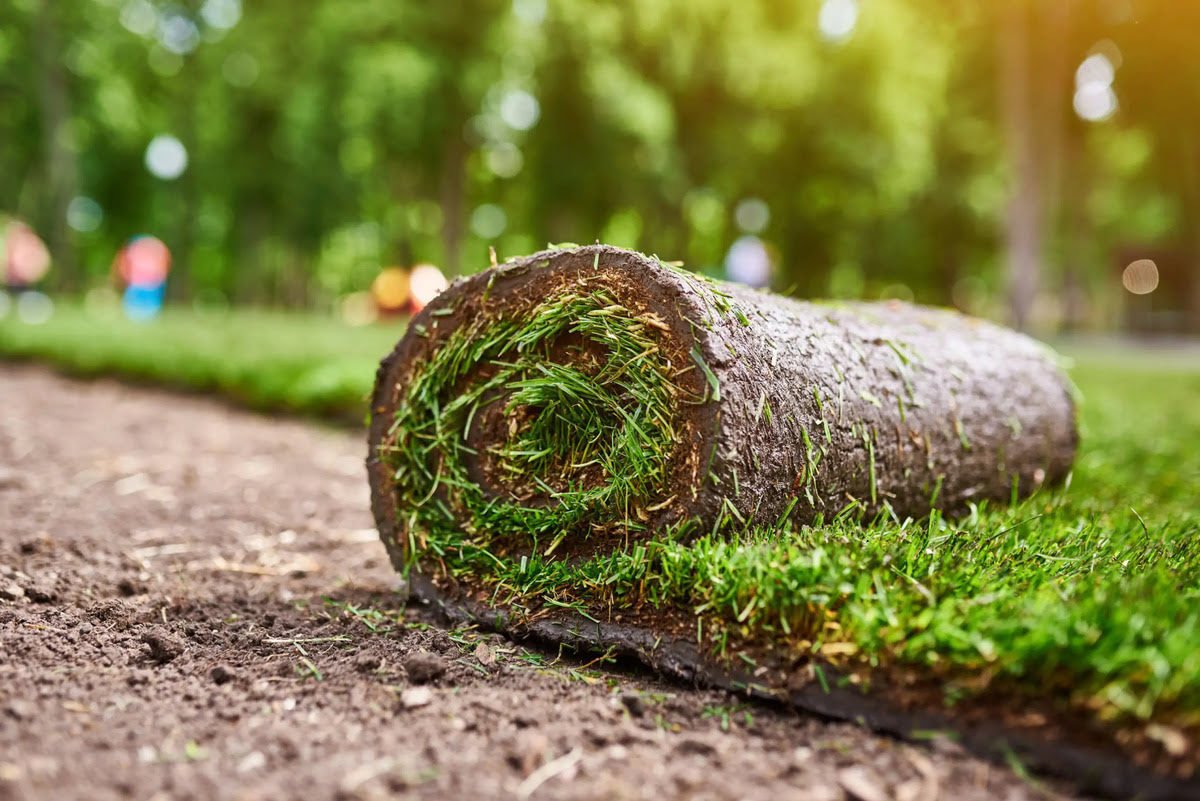
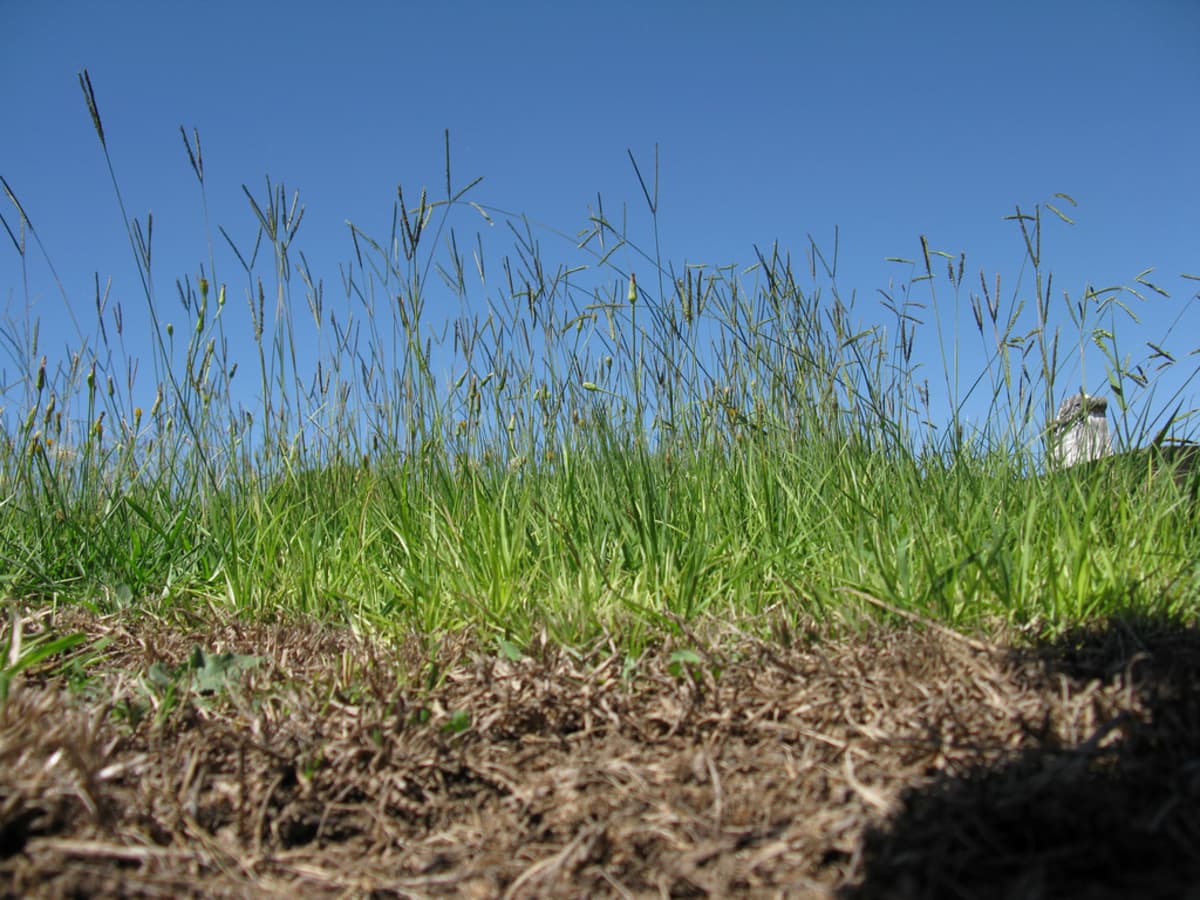
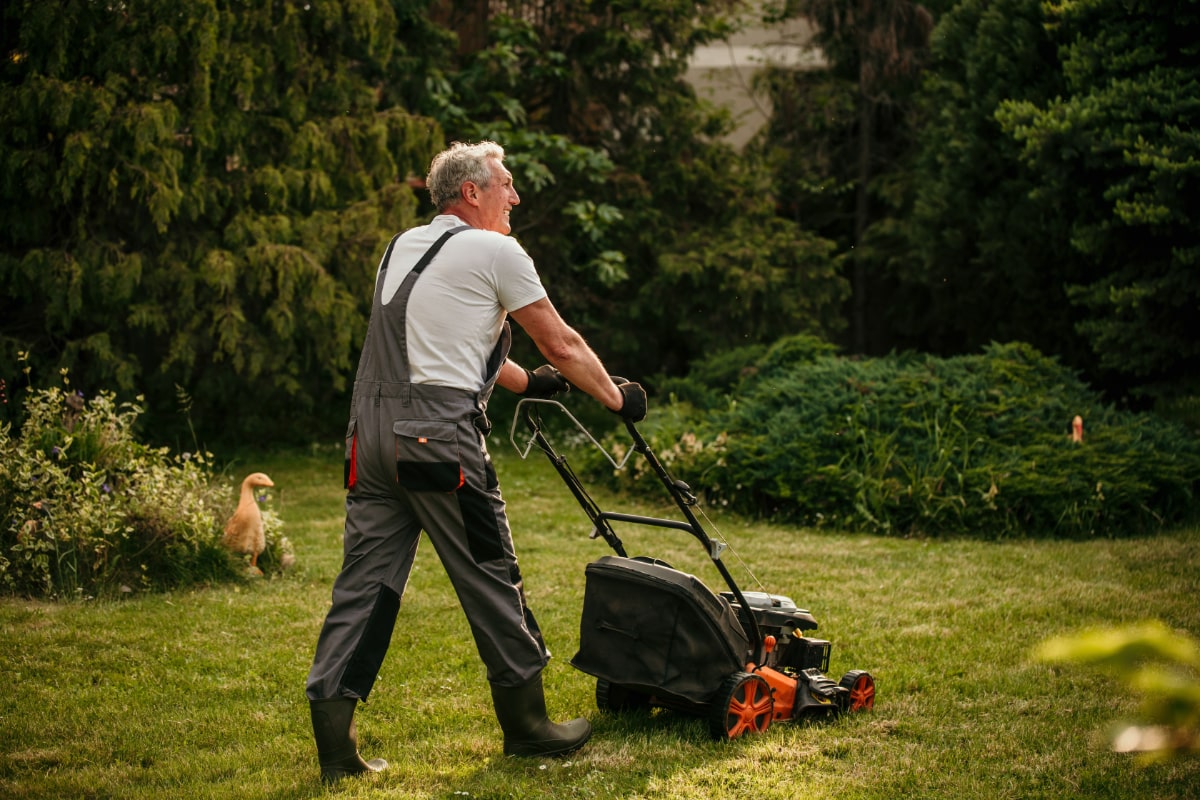
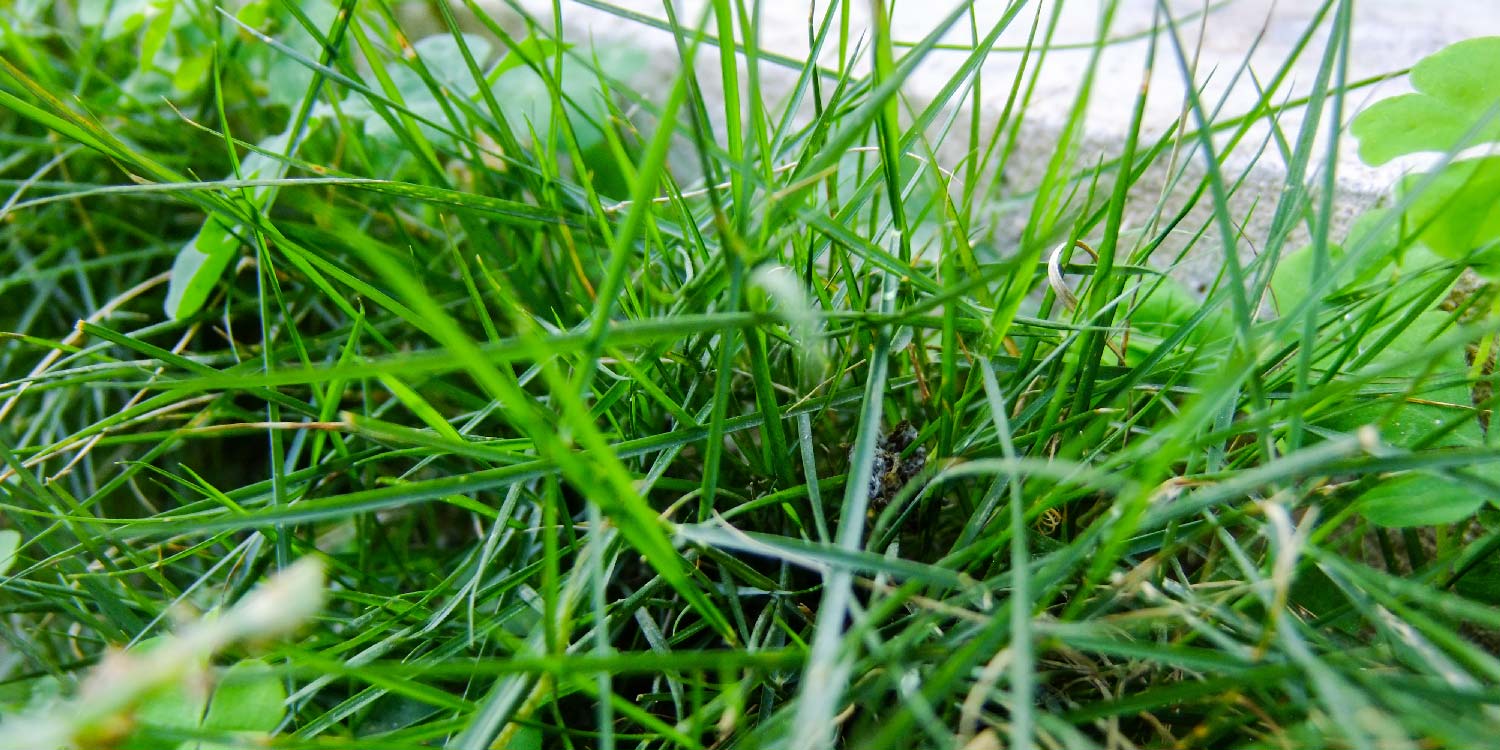
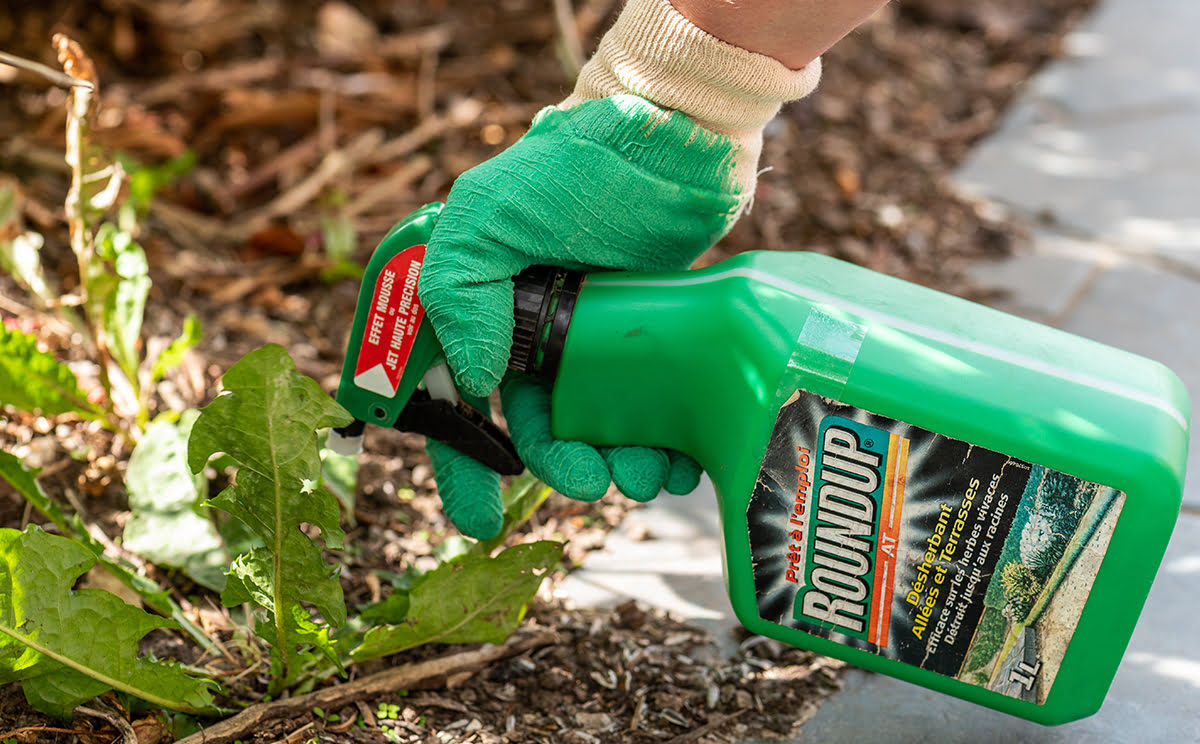
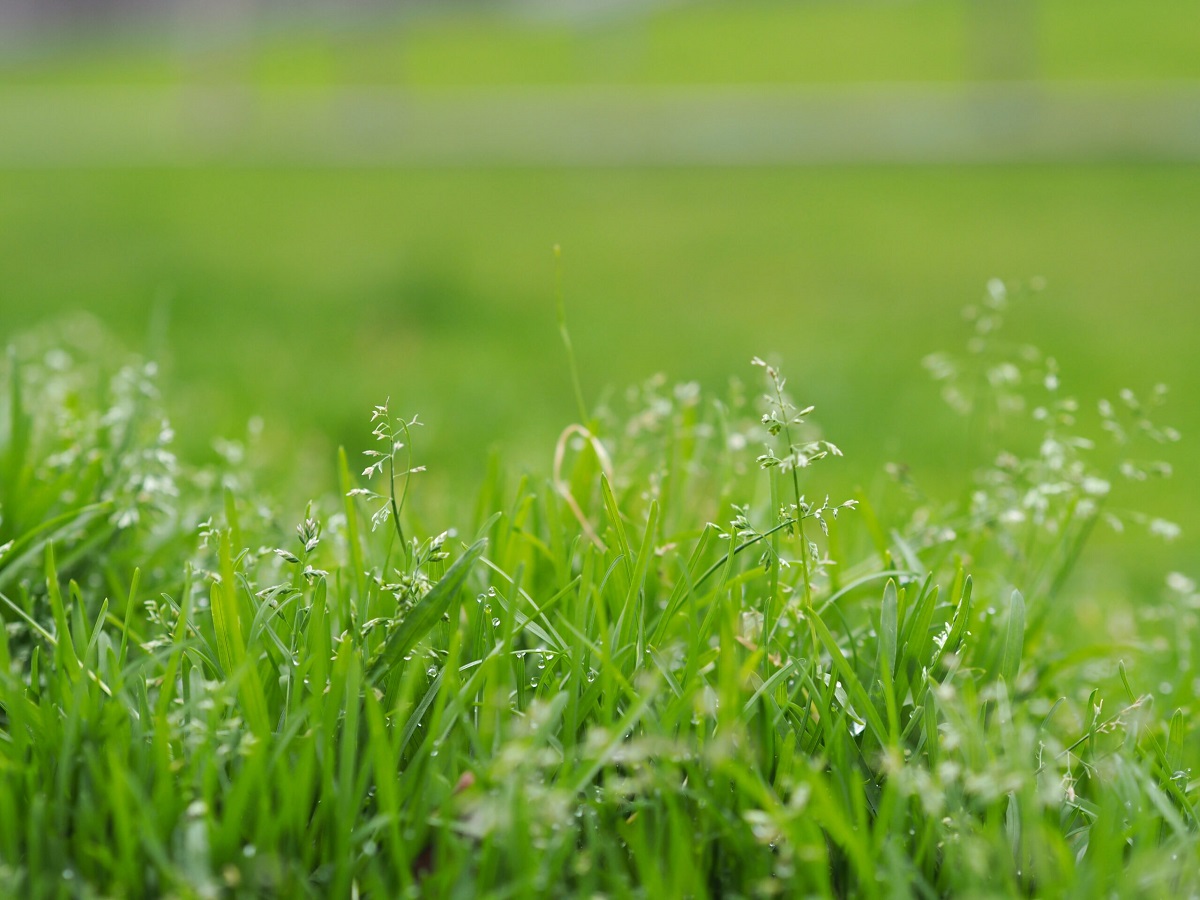
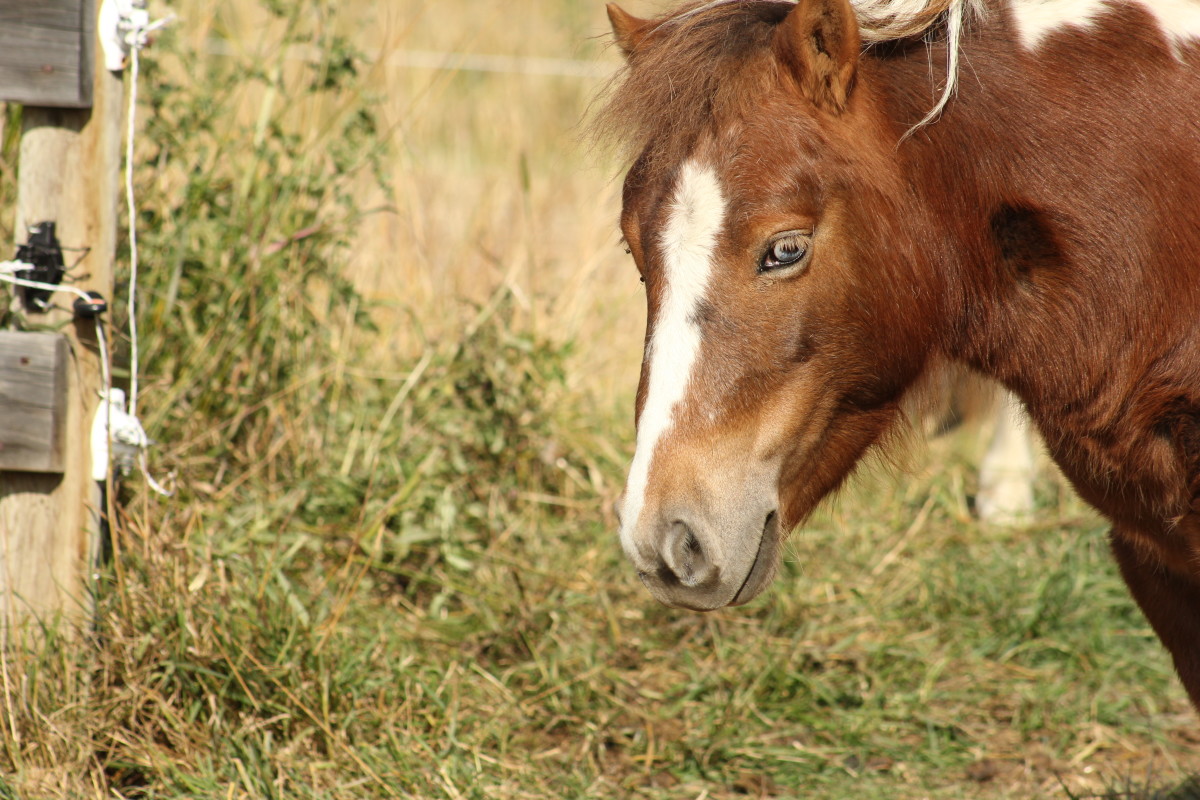

0 thoughts on “How Long Does It Take For Dormant Grass To Come Back”